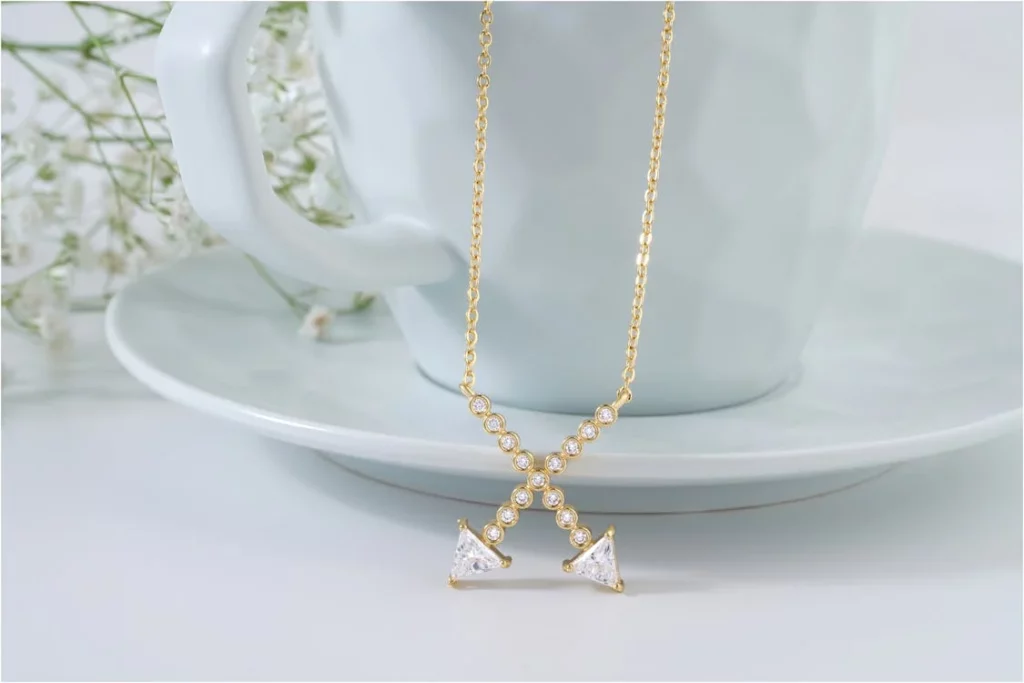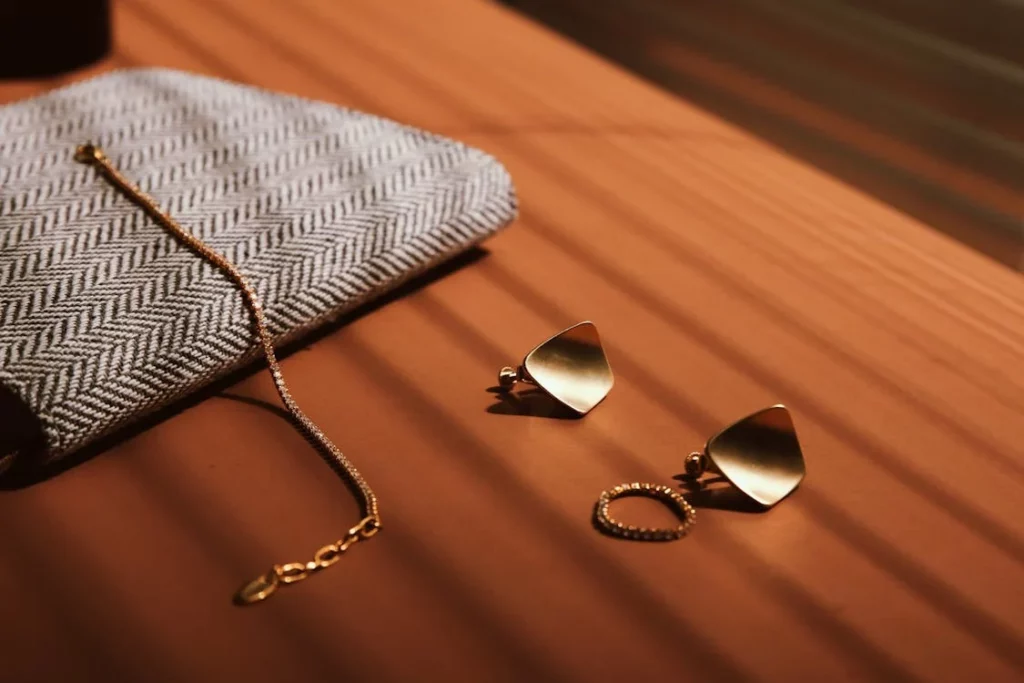Swimproof jewelry has become a popular choice for those who enjoy combining style with their aquatic adventures. But what exactly does swimproof mean, and which types of jewelry can safely withstand a splash in the pool or a dip in the ocean? This article explores the materials that make jewelry swimproof, identifies which pieces are safe to wear in water, and provides essential tips for maintaining these water-resistant adornments.
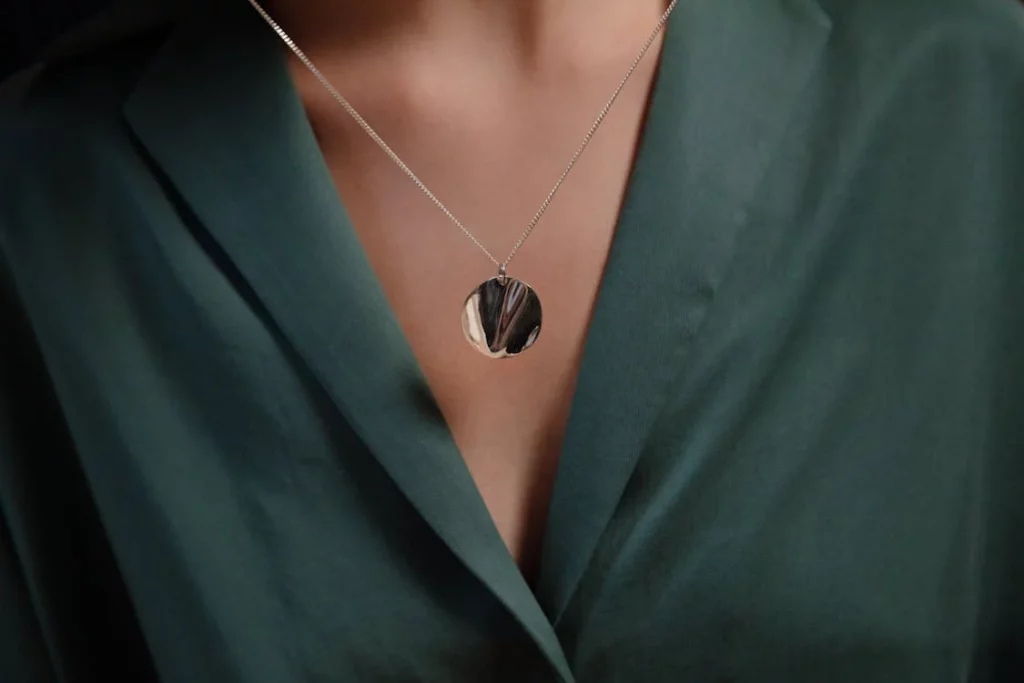
What Are Waterproof Jewelry Made Of?
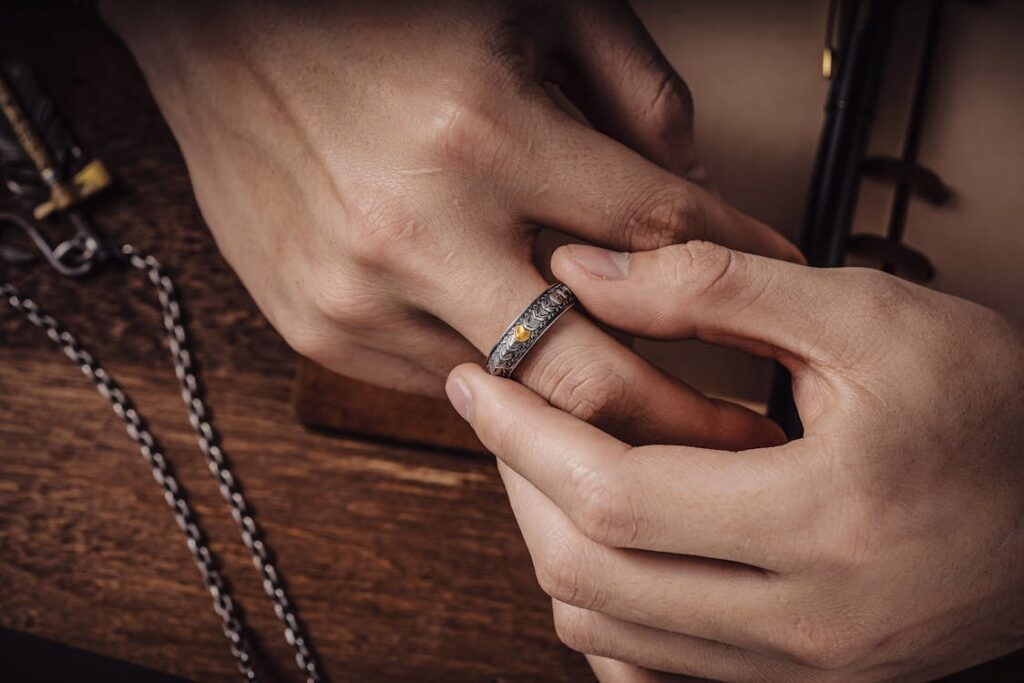
Waterproof jewelry is engineered from materials specifically chosen for their ability to withstand water exposure without deteriorating. Understanding these materials can help you select the right jewelry for your aquatic activities.
Edelstahl
Edelstahl is a favorite for waterproof jewelry due to its durability. Composed of iron, Chrom, and nickel, it is highly resistant to rust and tarnishing. The International Stainless Steel Forum confirms that stainless steel retains its properties even with frequent water exposure, making it ideal for both everyday wear and water-related activities.
Titanium
Titanium is known for its strength and lightweight nature. It is exceptionally resistant to corrosion and remains unaffected by water. The Journal of Materials Science highlights that titanium’s resilience in harsh environments, including water, makes it a preferred material for durable jewelry.
Silicone
Silicone is another excellent choice for waterproof jewelry. Its flexibility and complete water resistance make it perfect for both freshwater and saltwater exposure. Studies on silicone materials indicate that they maintain their form and color even with regular water contact, making them ideal for active lifestyles.
Ceramic and Resin
High-quality ceramic and resin are also used in waterproof jewelry. These materials are designed to be non-reactive and durable in wet conditions. The American Ceramic Society notes that advanced ceramics can resist scratching and staining, contributing to their suitability for water exposure.
Sterlingsilber 925
Während Sterlingsilber 925 is not inherently waterproof, it can tolerate limited water exposure with proper care. Sterlingsilber 925, which is composed of 92.5% Silber und 7.5% andere Metalle, is more prone to tarnishing when exposed to water, especially saltwater. Although it is not considered “Sterlingsilber 925 waterproof,” protective coatings and regular maintenance can help mitigate water damage. For the best results, it’s advisable to remove sterling silver 925 jewelry before swimming to ensure its longevity.
Gold-Plated Jewelry
Gold-plated jewelry, which features a thin layer of gold over a base metal, can be sensitive to water. Prolonged exposure may lead to the gold layer wearing off. To preserve the gold finish, it is best to avoid extended contact with water.
How to Care for and Maintain Swimproof Jewelry?
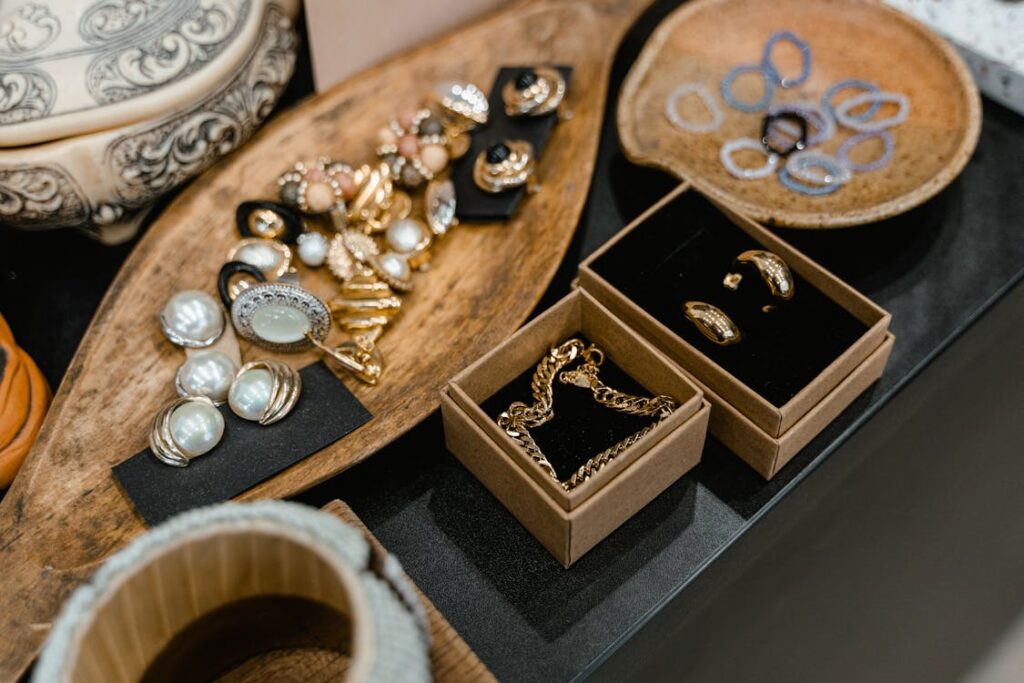
Proper care and maintenance are key to ensuring your swimproof jewelry continues to look its best. Here are some tips for keeping your water-resistant accessories in top shape:
- Regular Cleaning: Even though swimproof jewelry is designed to withstand water, it’s still essential to clean it regularly. Use mild soap and water for stainless steel and titanium pieces. For silicone and plastic jewelry, a gentle scrub with a soft brush can help remove any residue.
- Avoid Harsh Chemicals: Exposure to chlorine, saltwater, or harsh cleaning agents can affect the longevity of your jewelry. Rinse your pieces with fresh water after swimming in a pool or ocean and avoid using abrasive chemicals or cleaners.
- Dry Thoroughly: After washing or swimming, ensure that your jewelry is completely dry before storing it. Moisture trapped in storage can lead to issues such as tarnishing or mold growth, especially in non-waterproof materials.
- Check for Damage: Regularly inspect your swimproof jewelry for any signs of wear or damage. Loose settings or scratches can affect its water resistance. Address any issues promptly to prevent further damage.
- Store Properly: When not in use, store your jewelry in a dry, cool place. Use a jewelry box or pouch that protects it from moisture and extreme temperatures.
Abschluss
In short, swimproof jewelry lets you enjoy your time in the water without worrying about your accessories. Materials like stainless steel, Titan, and silicone are designed to resist water damage, making them perfect for poolside or beach outings. Während 925 sterling silver can handle occasional water exposure, it’s best to remove it before swimming to ensure it stays in top shape.
FAQ
Q1: What Jewelry Can You Wear by the Pool?
Jewelry made from stainless steel, Titan, silicone, and high-quality plastic or resin is typically safe to wear by the pool. These materials are designed to withstand exposure to water and maintain their appearance over time.
Q2: Is 18K Jewelry Waterproof?
18K gold, while not inherently waterproof, can resist water exposure better than some other materials. Jedoch, to maintain its appearance and prevent potential damage, it’s best to remove 18K gold jewelry before swimming or engaging in activities that involve water.





